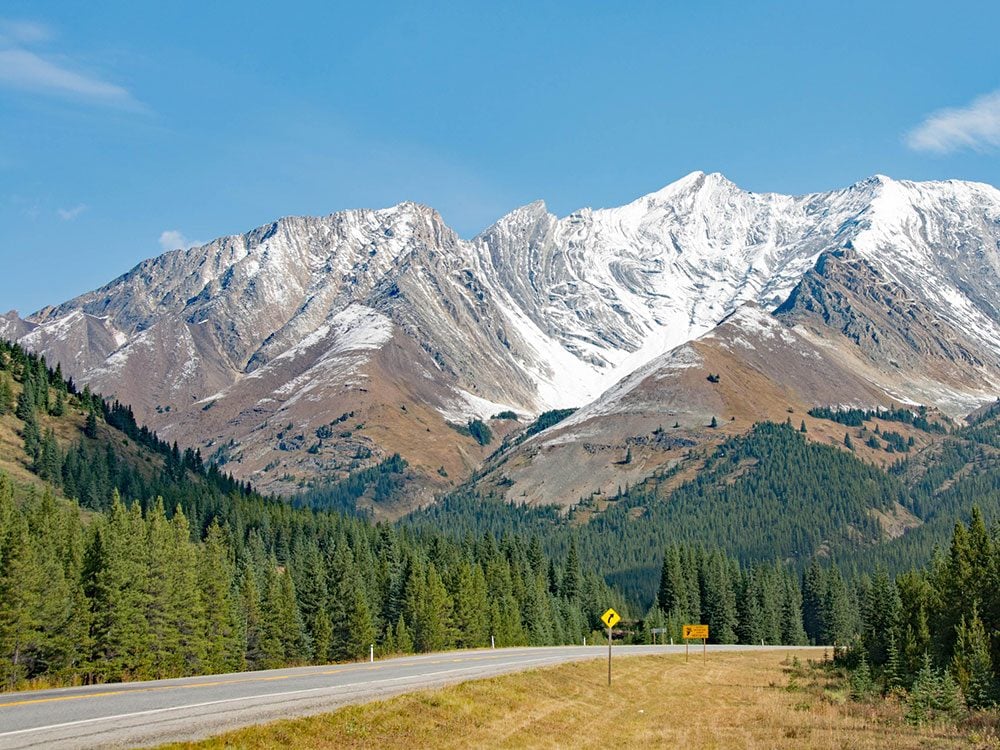
Why the Highwood Pass is One of Canada’s Best Drives
One of my favourite drives in Alberta is through scenic Highwood Pass. It climbs to 2,206 metres and is the highest paved road in Canada. I have travelled this road several times and am always in awe of the impressive tectonic forces that developed the Rockies.
Closed to vehicles from the first of December to mid-June to allow for the migration of wildlife, the pass is not easily accessible for winter sports. Many cross-country skiers and snowshoers, however, enjoy trekking along the closed highway.
There are many alpine and valley hiking areas during summer and fall months. At the summit, Highwood Meadows is a popular trailhead for several scenic day hikes. There are also several trail heads along the highway and Kananaskis guide books give detailed descriptions of these trails.
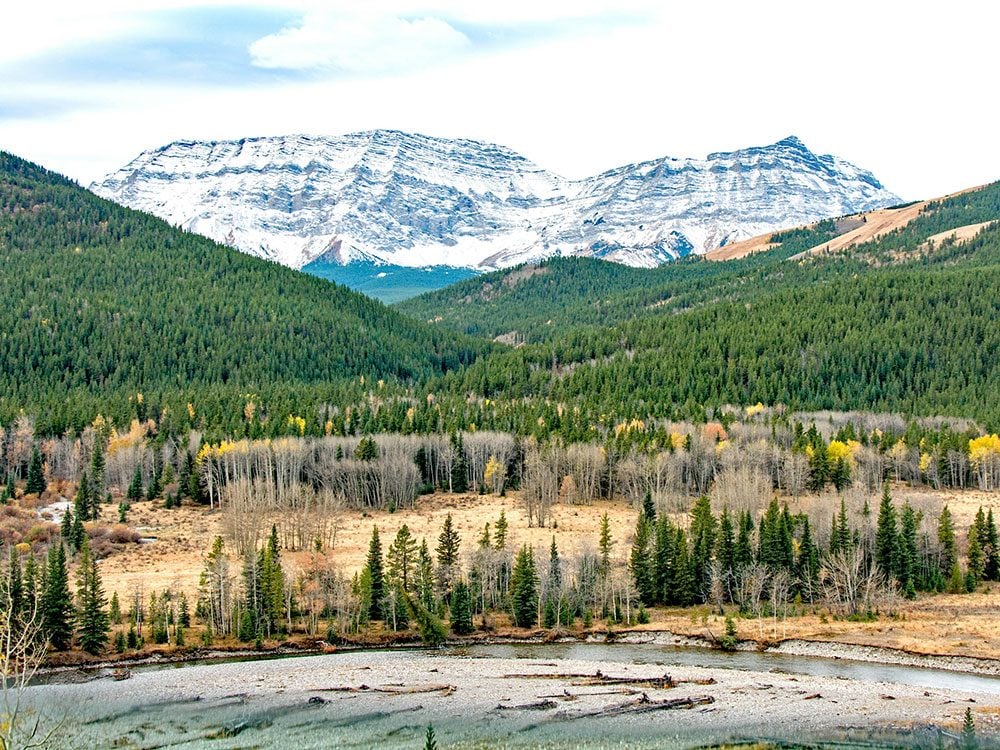
Following the Highwood River valley
I usually travel to Highwood Pass from the east through large cattle ranches and open range lands beginning at the Highway 22/40 junction in Longview. I do this primarily due to the dramatic effect of the sunrise on the mountains, but also because I live on the east side of the pass. From that junction, the highway begins to follow the wide valley created by the Highwood River (above). Prior to mid-June 2013, the drainage area of the Highwood experienced catastrophic flooding. It was described by the provincial government as among the worst natural disasters in Alberta’s history and severely damaged the town of High River. I live in High River and appreciate the work done to restore the town and much of the valley damage since the flood.
In the foothills and valley, evidence of the flooding can be observed with new river channels, washed-out picnic areas, and log jams. There are still many scenic stops and photo opportunities, however, and all damage to Highway 40 has been repaired. I often walk the old dry riverbeds and search through log jams for pieces of wood to use as bases for my bird carvings.
Check out more hidden gems across Canada.
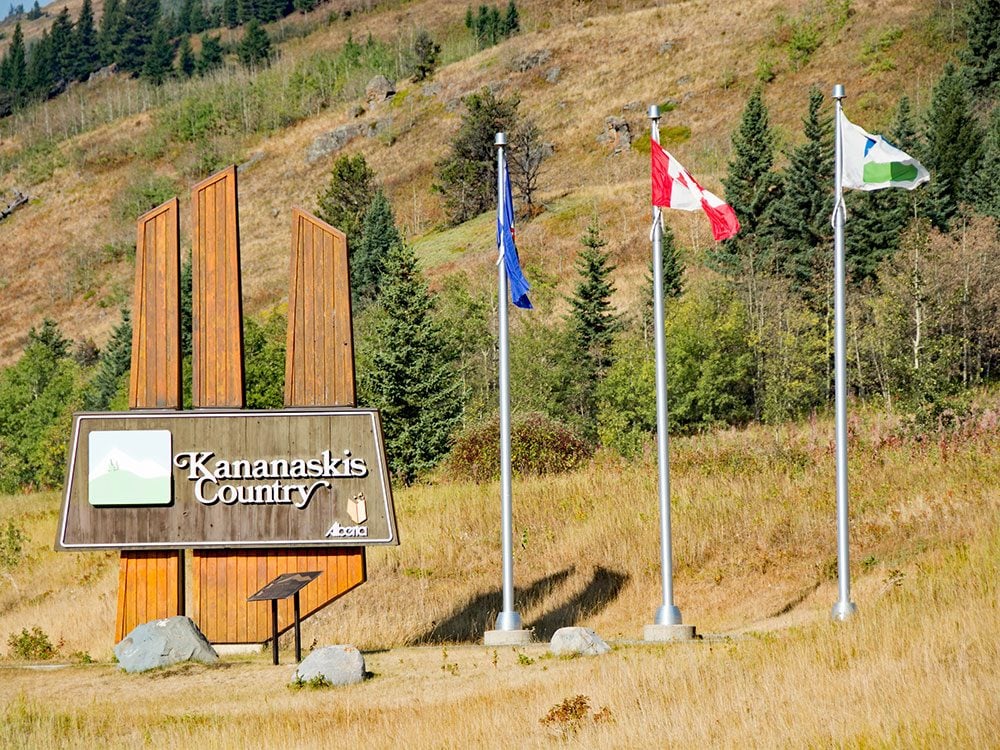
Welcome to Kananaskis Country
Nearly two thirds of Kananaskis Country is protected as a park, ecological reserve or recreation area. When you visit the area, you may see a variety of commercial activities such as cattle grazing, timber harvesting and gas wells. A caution to be aware of is the open range area for livestock, primarily cattle, beginning at the east entrance sign for Kananaskis Country. From this entrance, cattle roam the area freely without any fencing along the roadway. Texas gates keep the animals off some sections, however, careful driving is required, especially when dark. I know of one person who travelled at night, totalled his car and killed a rancher’s Black Angus heifer.
Don’t miss this breathtaking gallery of Canadian Rockies photography.
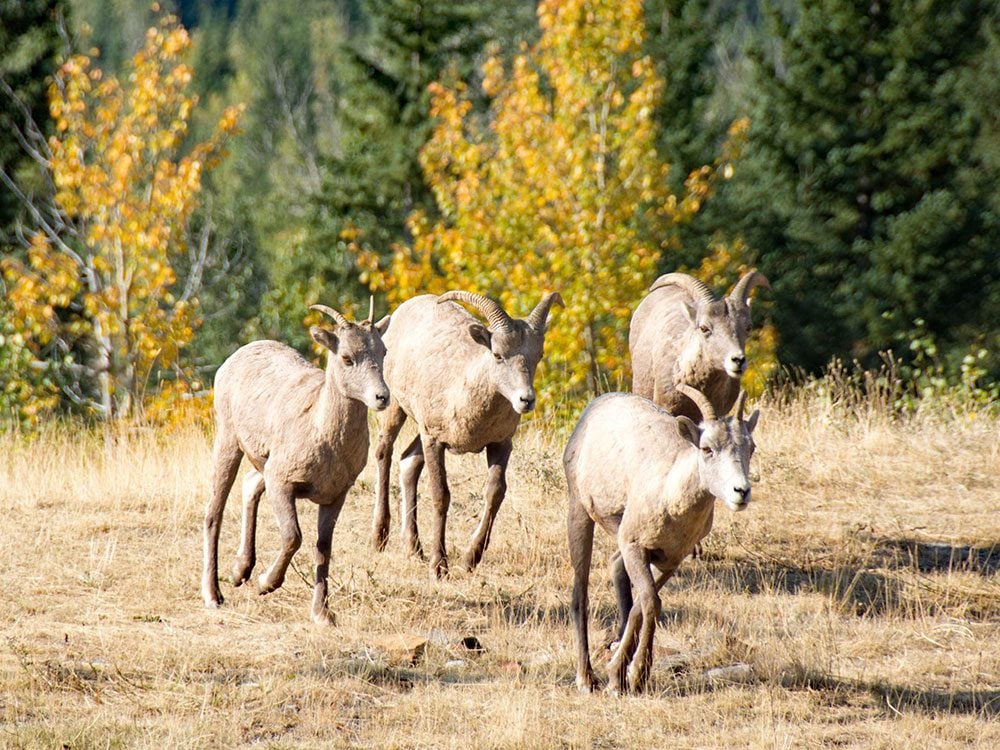
Wildlife of the Highwood Pass
To access the pass from the west, if travelling from Banff or Canmore, the junction for Highway 40 begins at the Kananaskis exit from Trans Canada Highway. Just inside the park entrance is the Peter Lougheed Park Discovery and Information Centre. I have stopped there several times for information on trail closures and bear warnings. The centre offers the following advice for hikers, as there are indeed bears in Kananaskis Country:
- Make plenty of noise and travel in group.
- Be aware of your surroundings.
- Look and listen for bears and their signs.
- Keep your pet on a leash.
- Carry bear spray, make sure it’s easily accessible, and know how to use it.
I also remind travellers to stay in their car if they see bears along the route. Take photos from inside your car. The centre is closed for about a month from mid-October to mid-November.
Don’t miss these hiking tips from a Kananaskis emergency rescue responder.
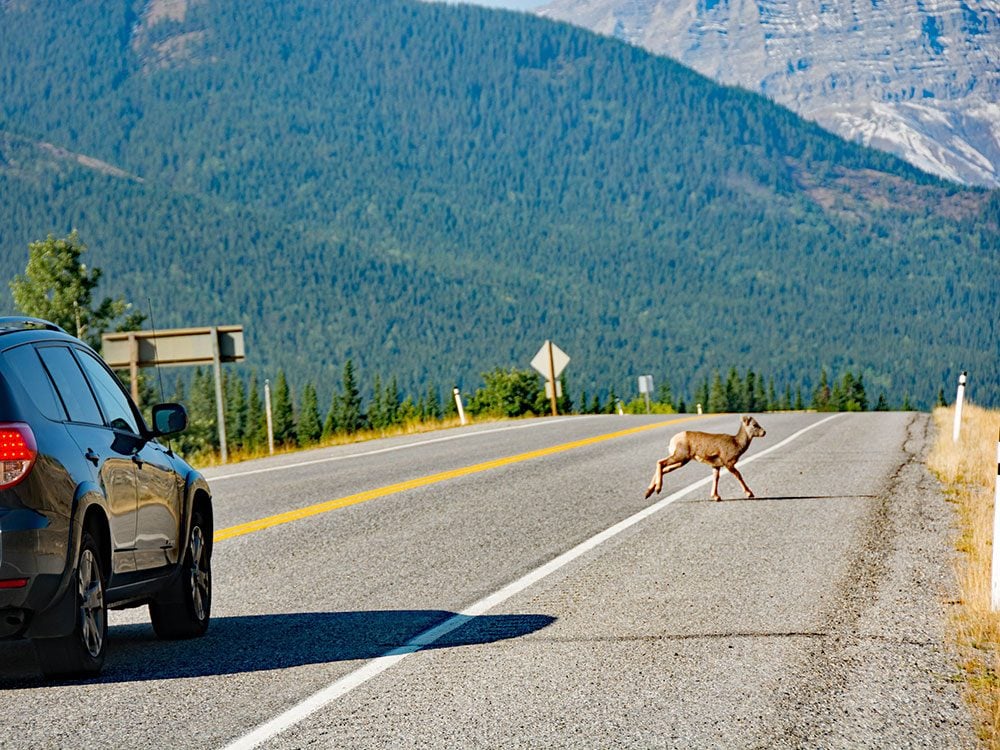
Keep an eye out for bighorn sheep
From the centre, you can follow Highway 40 as it winds through Kananaskis Country and Peter Lougheed Provincial Park. Several species of wildlife can be viewed along the highway. A caution would be to watch for bighorn sheep as they are frequently on the roadway. I saw several ewes and kids on my last drive, but I seldom see rams. Mule deer are often spotted, and, if you’re lucky, moose, grizzlies and black bears as well. An estimated 130 species of birds nest in Kananaskis Country and many can be found in Peter Lougheed Park, which makes it a great place for birders. I have seen several species and especially enjoy observing the ravens that patrol the highway. (Check out this gallery of spectacular Canadian bird photography.)
I’ve hiked and fished in the Rockies and had only one run-in with a grizzly while fishing—none while hiking. We were not interested in each other and both made a hasty exist from the stream. I have, however, seen several bears along the different roadways and have seen foolish people get out of their cars for a close-up photo op. Elk with calves can also be dangerous when getting too close for a picture. I know of one woman who had her hip broken when a cow elk attacked her with its hooves when she got too close to the elk’s calf.
Passionate about wildlife photography? Don’t miss these spectacular shots of the wild horses of Alberta.
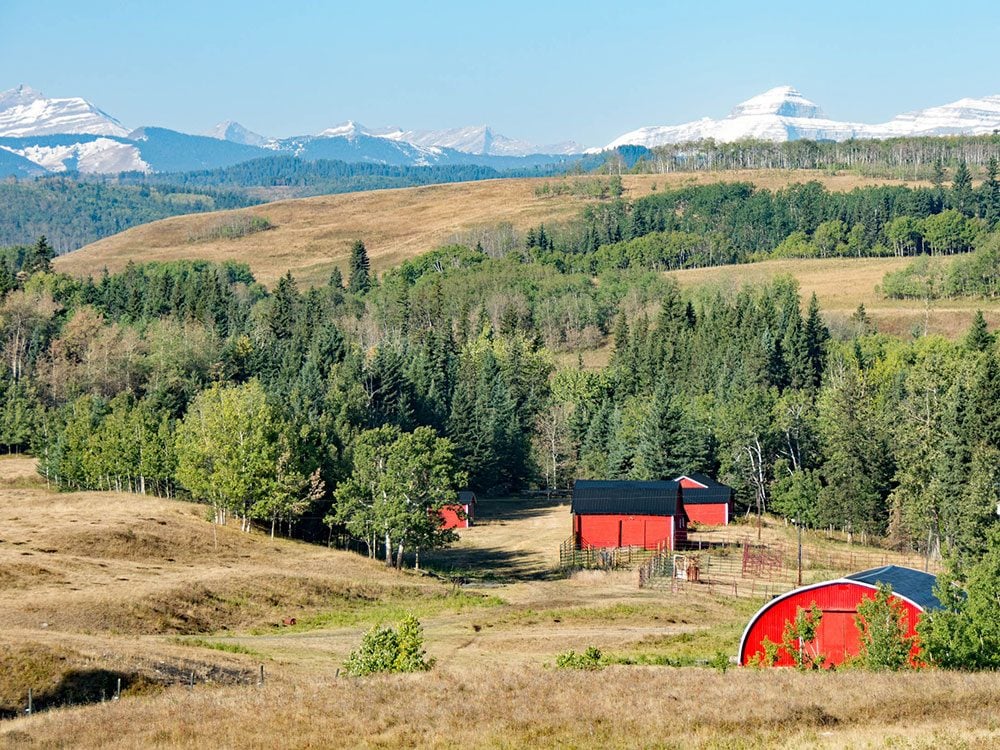
Start your trip with a full tank of gas
There are few facilities along this route, however, the Kananaskis Lodge in Kananaskis Village is a good stop. I have stayed there several times and the accommodations are excellent. There are no gas stations along the highway. I fill-up in Longview or prior to exiting the Trans-Canada Highway. Travelling through the park and leaving Kananaskis Lakes, the highway climbs through the valley created by Pocaterra Creek—named after George Pocaterra, who, decades ago, was a guide, hunter and prospector in this area. I don’t find the west drive towards the pass is as impressive as coming from the east, but still well worth viewing.
Find out how the Yellowhead Highway helped unite Western Canada.
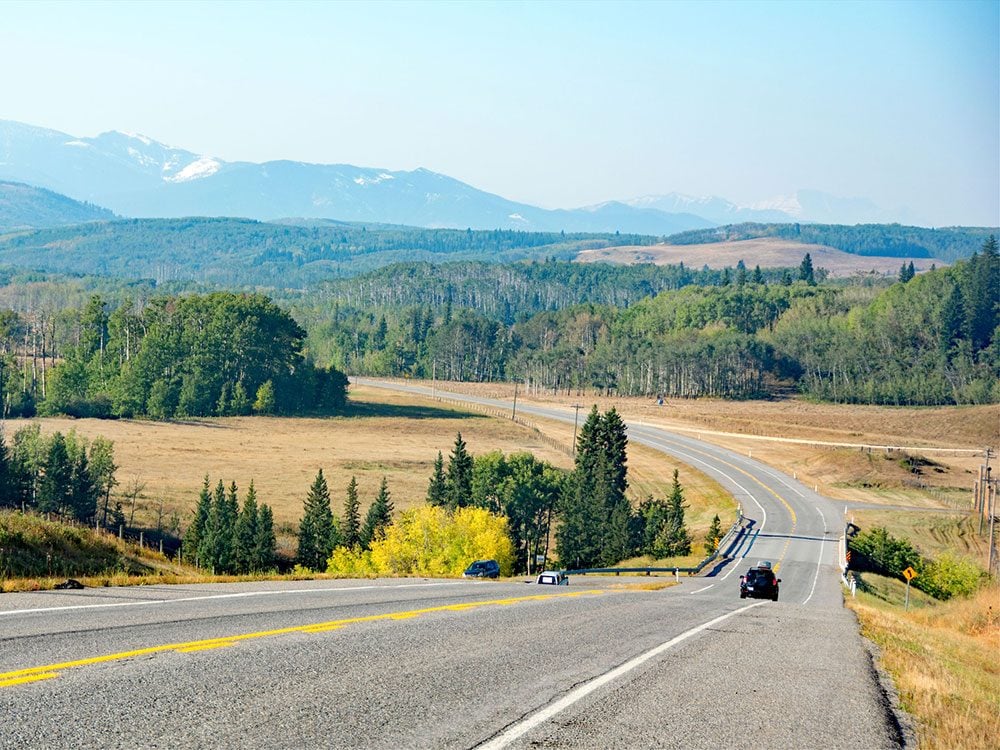
Fishing along the Highwood River
The Highwood River is an excellent fly-fishing river. I’ve fished it from the deep canyon, five kilometres west of Longview, to about 30 kilometres upstream. On the lower parts of the river, many farmers have allowed access through fences and fields, and Alberta Fish and Wildlife signs indicate the species that can be caught in that specific area. I like fishing the more isolated sections that are inside the park, where you can fish anywhere that you can find access. I have caught native cutthroat trout and rainbow trout within the park, as well as an occasional bull trout, which are protected. If you plan on fishing, make sure you check the online regulations before you go.
The next time you visit southern Alberta, make sure the Highwood Pass is on your agenda. It is well worth the experience as a planned day outing or as part of the drive to your destination.
If you decide to visit Peter Lougheed Provincial Park:
- From barrier-free trails to high alpine backcountry adventure, hiking opportunities abound.
- There are 12 kms of paved trails for bicyclists to enjoy as well as several more challenging trails for mountain bikers.
- In the Kananaskis Lakes area, there are more than 85 kms of groomed cross-country ski trails in winter.
- Go to the park’s website for more information.
Now that you know what it’s like to drive the Highwood Pass, check out 10 more great Canadian road trips.